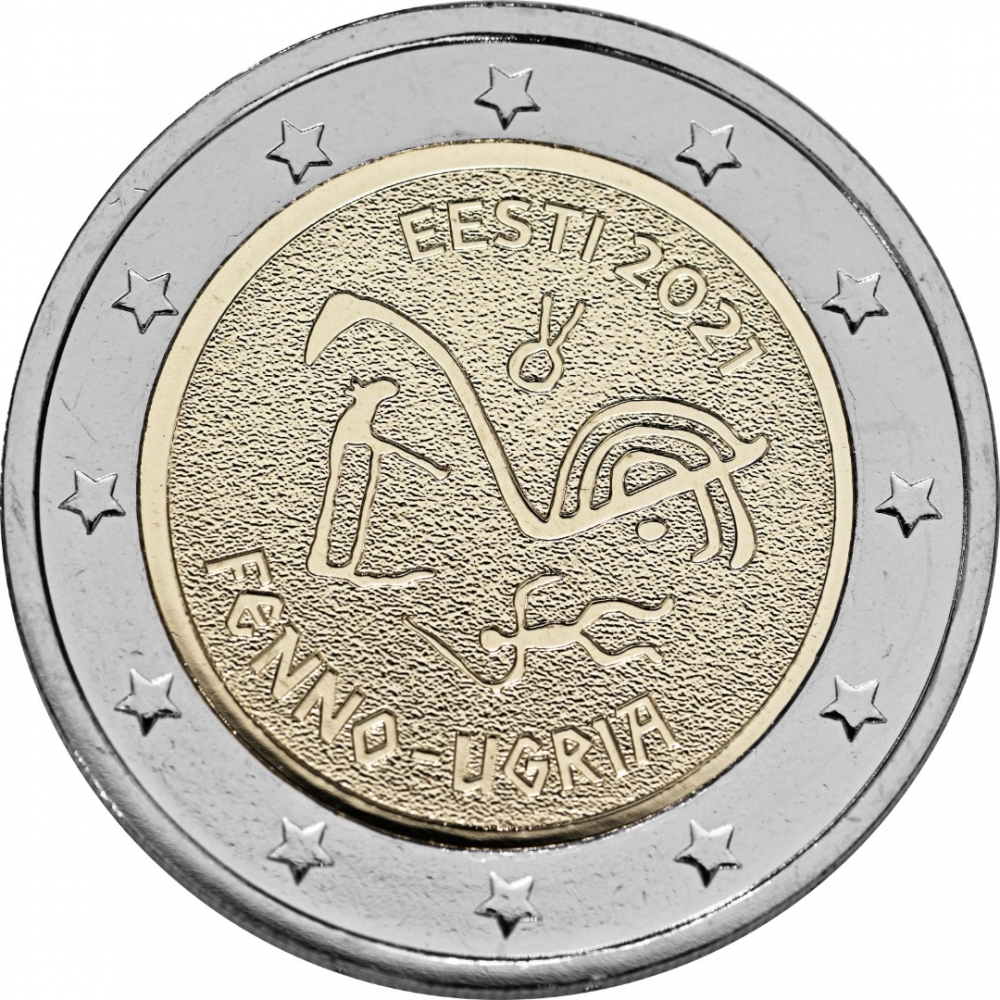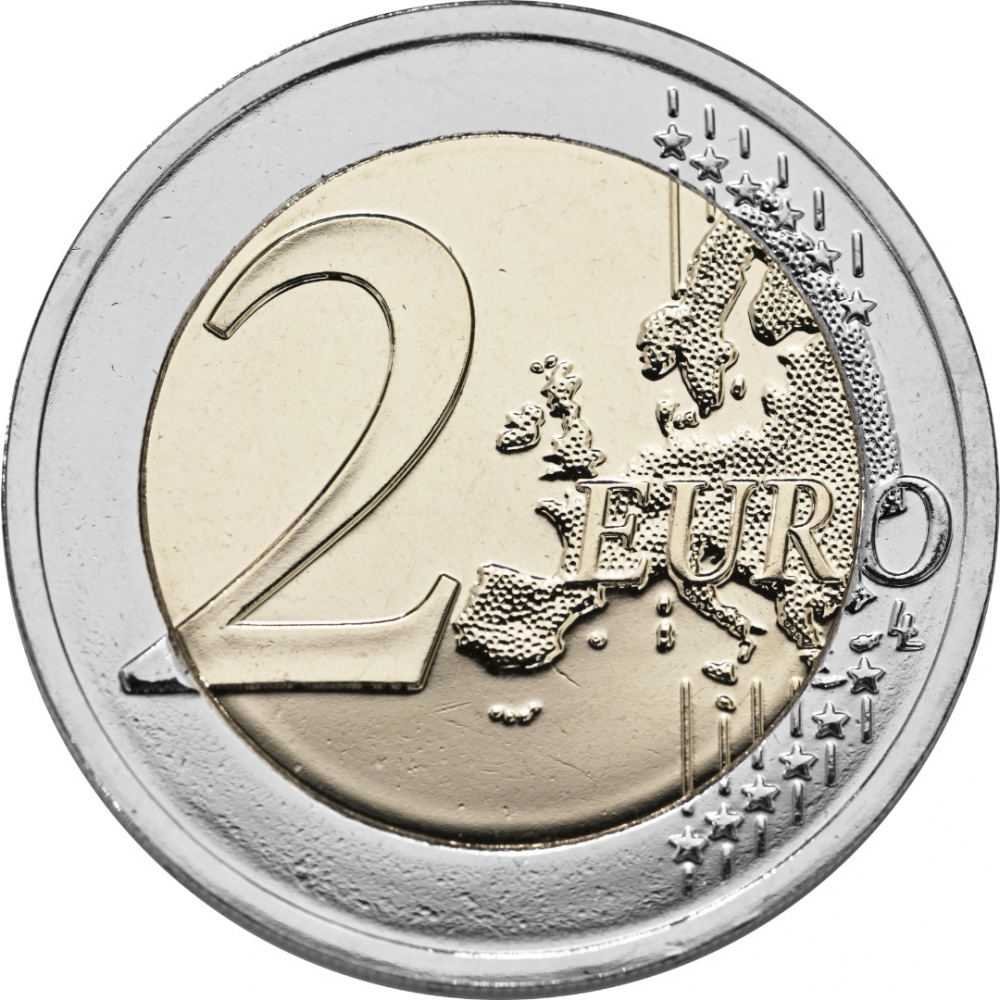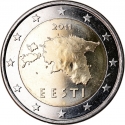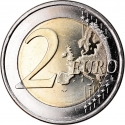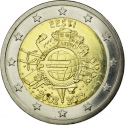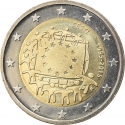You are about to finish your registration. Please check your mailbox (including spam folder). There should be a letter with a confirmation link. Check setting to make sure that your e-mail address is correct.
Send letter againDescription
The Finno-Ugric peoples or Finno-Ugrian peoples, are the peoples of Northeast Europe, North Asia and the Carpathian Basin who speak Finno-Ugric languages – that is, speakers of languages of the Uralic family apart from the Samoyeds. Many Finno-Ugric peoples are surrounded by speakers of languages belonging to other language families. The concept of Finno-Ugric was originally a linguistic rather than ethnic one, but a sense of ethnic fraternity between Finno-Ugric–speaking peoples, especially Baltic Finns, developed during the 20th century.
The four most numerous Finno-Ugric peoples are the Hungarians (13–14 million), Finns (6–7 million), Estonians (1.1 million) and Mordvins (744,000). The first three of these inhabit independent states – Hungary, Finland, and Estonia – whereas Mordovia is a republic within Russia.
Other Finno-Ugric peoples have autonomous republics within Russia: Karelians (Republic of Karelia), Komi (Komi Republic), Udmurts (Udmurt Republic), Mari (Mari El Republic), and Mordvins (Moksha and Erzya; Republic of Mordovia). The Khanty and Mansi peoples live in Khanty–Mansi Autonomous Okrug of Russia. The Komi subgroup Komi-Permyaks used to live in Komi-Permyak Autonomous Okrug, but today this area is a territory with special status within Perm Krai.
The traditional area of the indigenous Sami people is in Northern Fenno-Scandinavia and the Kola Peninsula in Northwest Russia and is known as Sápmi.
Obverse

|
The design is based on the cave drawings of Lake Onega, in which the symbols for the hunter, the elk, the water bird and the sun form the symbolic circle of life for the Finno-Ugric peoples. The central figure is a water bird, as the modern and ancient Finno-Ugric peoples are peoples of the water bird. The Onega petroglyphs appear on the UNESCO list of world heritage. EESTI 2021 |
|---|---|
Reverse

|
A geographical map of Western Europe spans the outer ring and inner core on the right side of the coin. The inscription 2 EURO is superimposed over the map of Europe, with the numeral “2” located in an open field representing the eastern Atlantic Ocean. 2 EURO |
| Edge |
ESTONIA in Estonian upright and inverted. EESTI ○ EESTI ○ |
Characteristics
| Type | Commemorative Issue (Circulating) |
| Material | Bi-Metallic |
| Ring | Cupronickel |
| Center | Nickel Brass |
| Weight | 8.5 g |
| Diameter | 25.75 mm |
| Thickness | 2.2 mm |
| Shape |
|
| Alignment | Medal |
| Mint |
Lithuanian Mint (LMK)
|
Related coins
10th Anniversary of Euro Coins and Banknotes
30th Anniversary of the Flag of Europe
